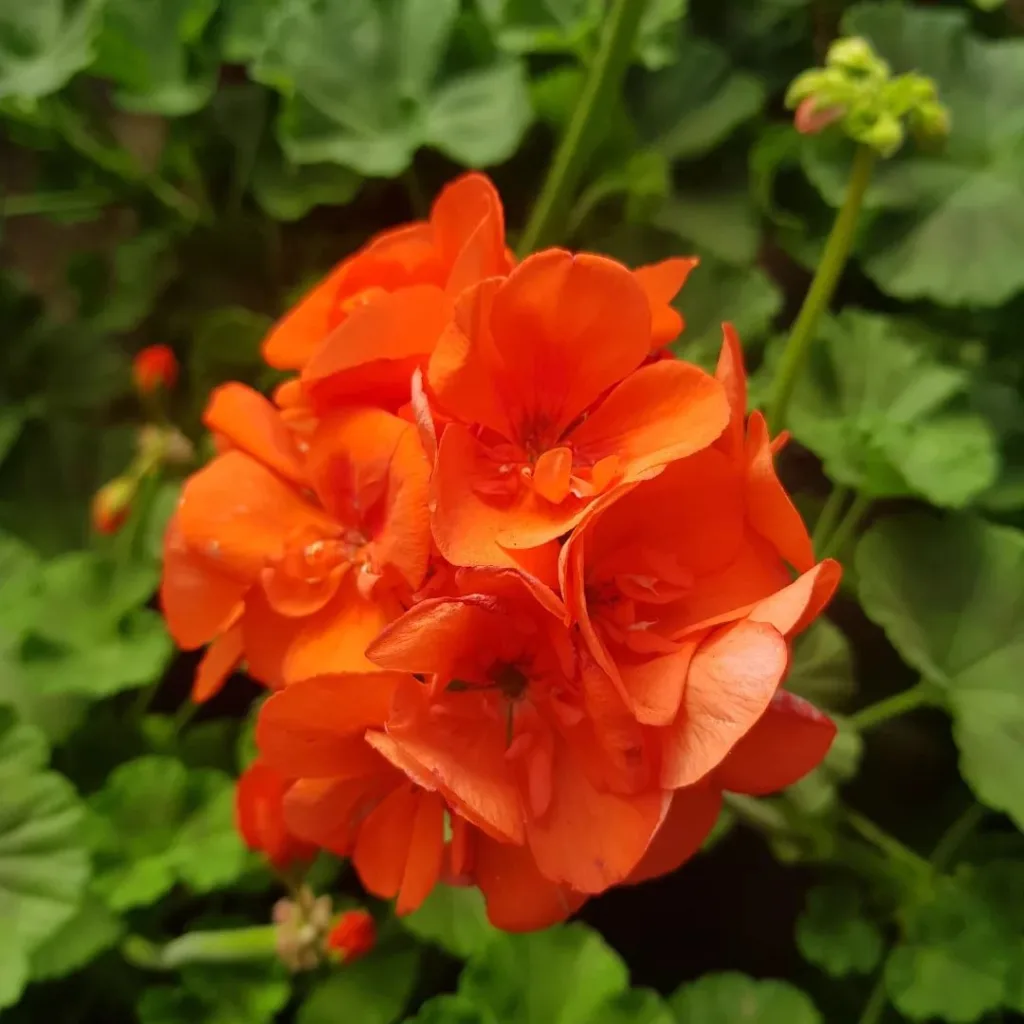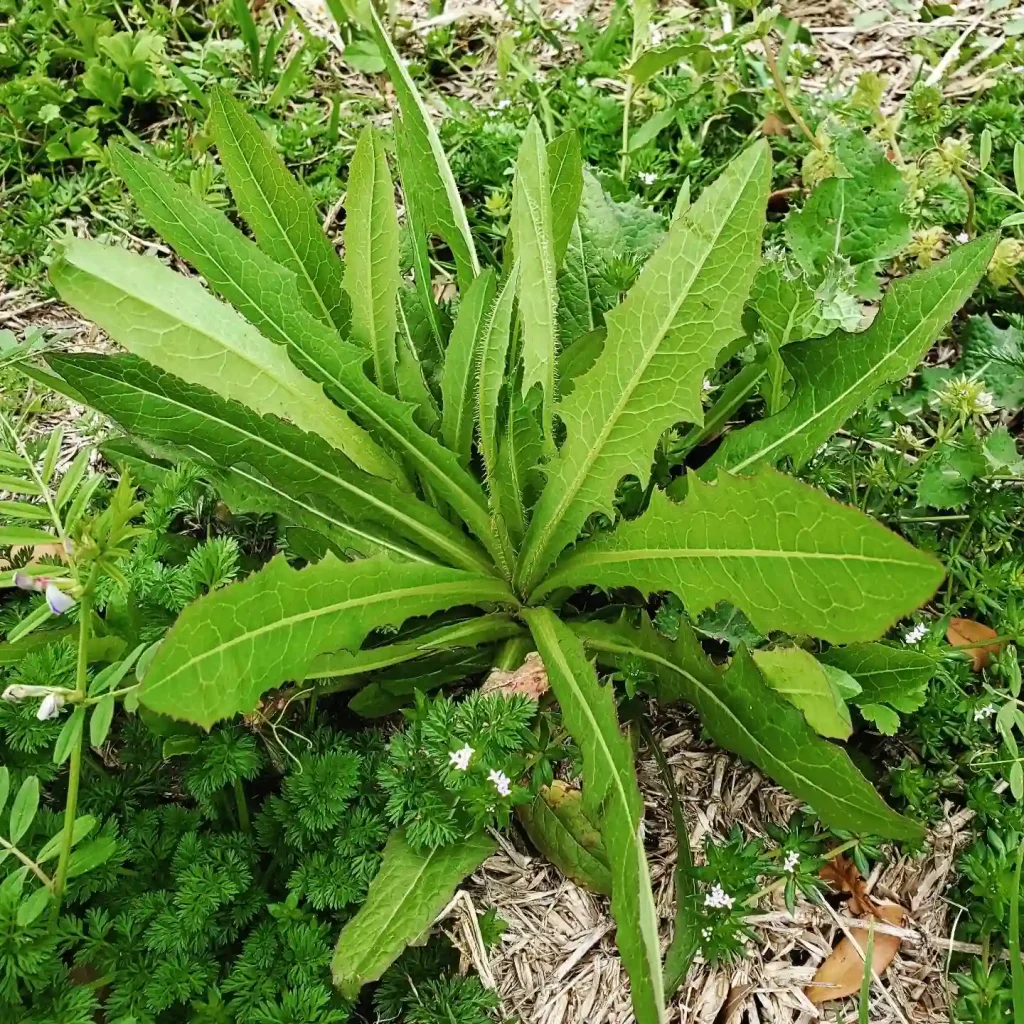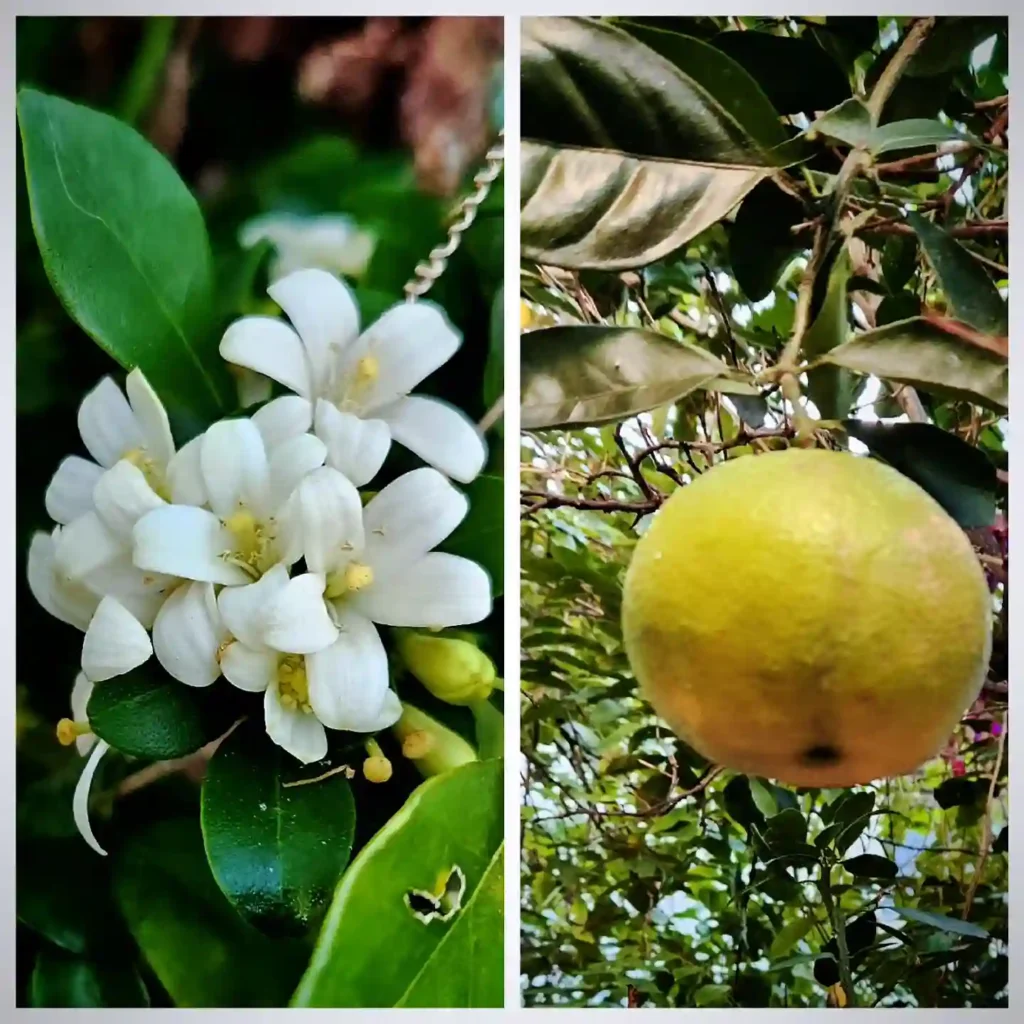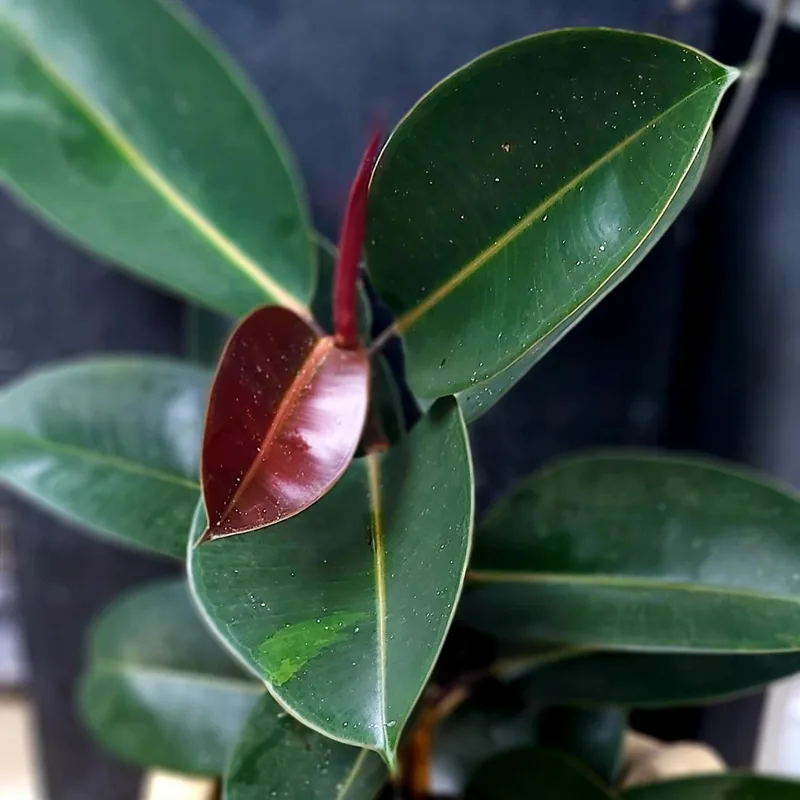Eleutherococcus: My Exploration of a Thorny Genus
As a botanist, I’m constantly drawn to the intricate world of plants, their diverse forms, and their fascinating adaptations. One genus that has particularly piqued my interest is Eleutherococcus, a group of thorny shrubs and trees belonging to the Araliaceae family. Native to eastern Asia, these plants are known for their medicinal properties and unique characteristics.
A Thorny Introduction
My first encounter with Eleutherococcus was in the lush forests of Vietnam, where I stumbled upon a spiny shrub with clusters of small, black berries. Intrigued, I delved deeper into its identity and discovered it was Eleutherococcus senticosus, commonly known as Siberian ginseng. This encounter sparked my fascination with the genus, leading me on a journey to explore its diversity and understand its significance.
Eleutherococcus comprises approximately 29 species, distributed across eastern Asia, from southeastern Siberia and Japan to the Philippines and Vietnam. China boasts the highest diversity, with 18 species found in its central and western regions. These plants thrive in various habitats, including forests, mountain slopes, and valleys.
Diverse Species and Their Characteristics
One of the defining features of Eleutherococcus is the presence of thorns or prickles on their stems and branches. These serve as a defense mechanism, deterring herbivores from feeding on them. The leaves are typically palmately compound, with several leaflets radiating from a central point. The flowers are small and inconspicuous, often arranged in umbels or panicles. The fruits are small, berry-like drupes, ranging in color from black to red or purple.
Here’s a list of Eleutherococcus species:
- Eleutherococcus baoxinensis (X.P.Fang & C.K.Hsieh) P.S.Hsu & S.L.Pan
- Eleutherococcus brachypus (Harms) Nakai
- Eleutherococcus cissifolius (Griff. ex C.B.Clarke) Nakai
- Eleutherococcus divaricatus (Siebold & Zucc.) S.Y.Hu
- Eleutherococcus eleutheristylus (G.Hoo) H.Ohashi
- Eleutherococcus giraldii (Harms) Nakai
- Eleutherococcus henryi Oliv.
- Eleutherococcus higoensis (Hatus.) H.Ohba
- Eleutherococcus hypoleucus (Makino) Nakai
- Eleutherococcus japonicus (Franch. & Sav.) Nakai
- Eleutherococcus lasiogyne (Harms) S.Y.Hu
- Eleutherococcus leucorrhizus Oliv.
- Eleutherococcus nikaianus (Koidz. ex Nakai) H.Ohashi
- Eleutherococcus nodiflorus (Dunn) S.Y.Hu
- Eleutherococcus pilosulus (Rehder) C.H.Kim & B.Y.Sun
- Eleutherococcus rehderianus (Harms) Nakai
- Eleutherococcus scandens (G.Hoo) H.Ohashi
- Eleutherococcus senticosus (Rupr. & Maxim.) Maxim.
- Eleutherococcus sessiliflorus (Rupr. & Maxim.) S.Y.Hu
- Eleutherococcus setosus (H.L.Li) Y.R.Ling
- Eleutherococcus setulosus (Franch.) S.Y.Hu
- Eleutherococcus sieboldianus (Makino) Koidz.
- Eleutherococcus simonii Simon-Louis ex Mouill.
- Eleutherococcus spinosus (L.f.) S.Y.Hu
- Eleutherococcus trichodon (Franch. & Sav.) H.Ohashi
- Eleutherococcus trifoliatus (L.) S.Y.Hu
- Eleutherococcus verticillatus (G.Hoo) H.Ohashi
- Eleutherococcus wardii (W.W.Sm.) S.Y.Hu
- Eleutherococcus wilsonii (Harms) Nakai
Medicinal and Cultural Significance
Eleutherococcus has a long history of use in traditional medicine, particularly in China, Korea, and Russia. Siberian ginseng (E. senticosus) is the most well-known species, often used as an adaptogen to enhance the body’s resistance to stress and fatigue. It is also believed to boost the immune system, improve cognitive function, and have anti-inflammatory properties.
Other species, such as E. sessiliflorus, are also used in traditional medicine for various ailments, including arthritis, rheumatism, and respiratory infections. The roots, bark, and leaves of these plants are typically used to prepare decoctions, tinctures, or extracts.
Conservation and Future Research
Despite their medicinal importance, some Eleutherococcus species are facing threats due to habitat loss and over-harvesting. Conservation efforts are crucial to ensure the survival of these valuable plants. Further research is also needed to fully understand their pharmacological properties and explore their potential applications in modern medicine.
As I continue my botanical journey, I’m eager to learn more about Eleutherococcus and contribute to its conservation and sustainable use. This fascinating genus holds immense potential for both medicine and ecological understanding, and I’m excited to see what the future holds for its research and applications.




